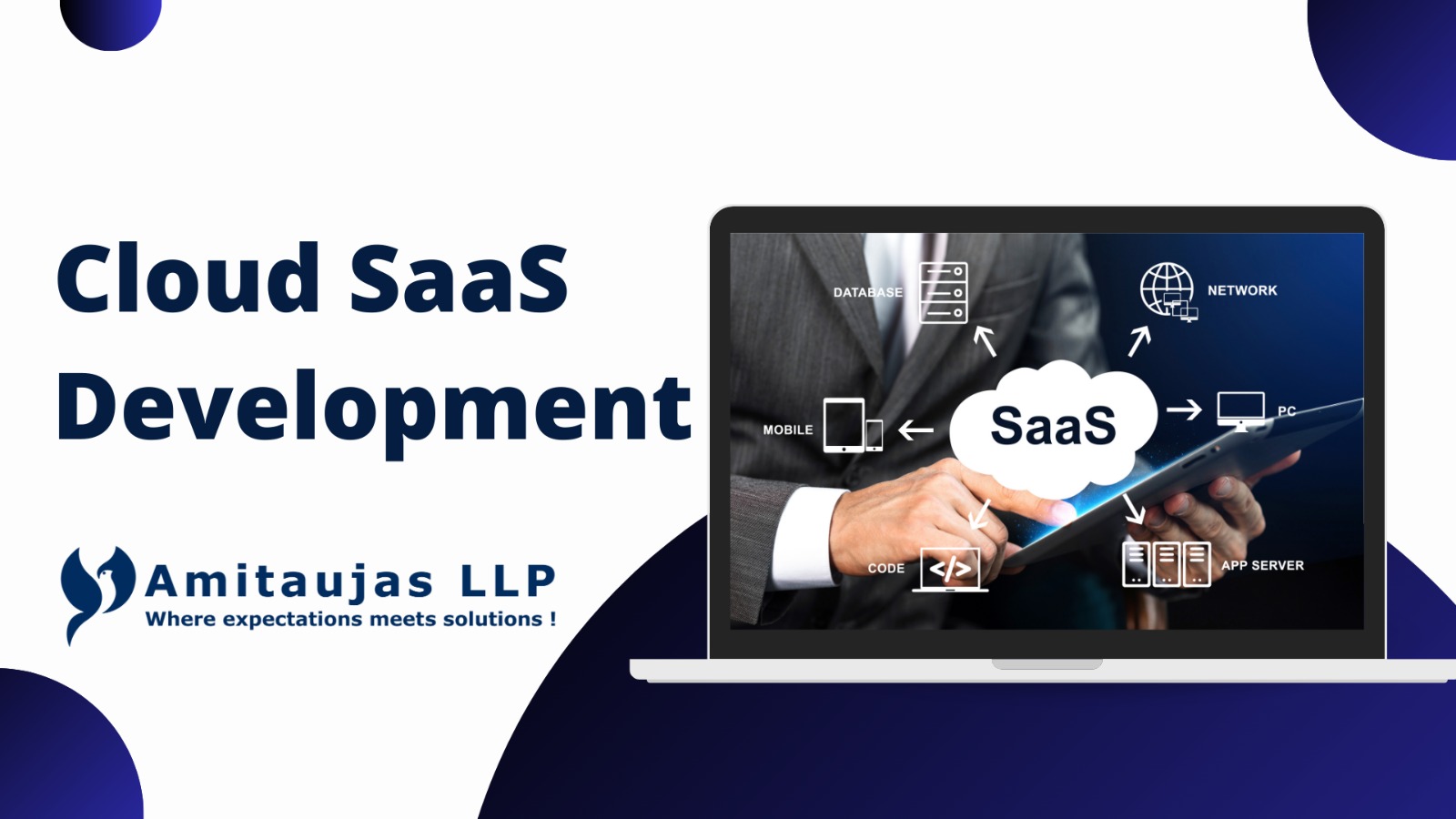
Cloud Saas Development
In today's digital landscape, cloud computing as a service (SaaS) has become a game changer for businesses seeking scale and easy However, developing a SaaS product is no small task. It takes a methodical approach to be successful. Let's walk through the Cloud SaaS development process and break down each key step to help you navigate from concept to implementation.
The SaaS development journey begins with a deep understanding of market needs. Before starting development, it is important to define and validate your idea through extensive market research. Engage potential users to uncover pain points and gather ideas to shape your product. Have a clear vision, clearly define your goals and objectives. This includes defining the vision, scope and key performance indicators (KPIs) to measure the success of your product. A well-designed project roadmap is important because it identifies milestones, timelines and resources, and keeps development activities organized and on track.
Since there is a master plan, the next step is to design and prototype. Focus on user experience (UX) design to ensure your SaaS application is intuitive and user-friendly. Create prototypes and prototypes to visualize the interface and gather feedback from stakeholders. It is important to develop prototypes to test key functions and refine features based on real-world inputs. This iterative process helps to identify potential problems and necessary changes before full-scale development.
When it comes to development, choosing the right technology package is important. Choose technologies that match your product needs by considering factors such as scalability, security and performance. Whether you choose a MEAN/MERN stack, a LAMP stack, or a serverless architecture, make sure it supports your application requirements. Both anterior and posterior development are important. They must work together to provide a unified user experience. API development is another important aspect that allows your SaaS product to interact with other systems and integrate with third-party tools.
Before launch, testing is essential to ensure the quality of your product. Functional testing ensures that each component works on unit tests, integration tests, and end-to-end tests. Performance and load testing are also important to verify that your application can handle expected user traffic and perform well during peak hours. Security testing is also important, as it protects user data and ensures compliance with industry standards. Conduct vulnerability assessments and penetration tests to identify and mitigate security risks.
Once testing is complete, it's time to release the SaaS product. Setting up your cloud infrastructure is a critical task that involves configuring servers, databases and storage. It is important to choose a reliable cloud provider, such as AWS, Azure or Google Cloud, based on your scalability and cost needs. Implementing integration and continuous integration (CI/CD) pipelines can streamline the deployment process and ensure the smooth delivery of updates and new features. After release, continuous monitoring and maintenance is essential to track performance, fix issues, and keep the product up-to-date.
Launching your SaaS product is just the beginning. Providing training and user support will help customers get the most out of your products. It provides many articles, tutorials and a responsive support team to help users. Collecting feedback is an ongoing process. Provides valuable insights into user experience and areas for improvement. Use this feedback to improve and ensure the product changes based on market needs and user expectations.
1. Thinking and Planning
2. Moving to Design and Prototyping
3. The Heart of Development
4. Quality Assurance Through Testing
5. Deploying Your Product
6. Post-Launch Activities
